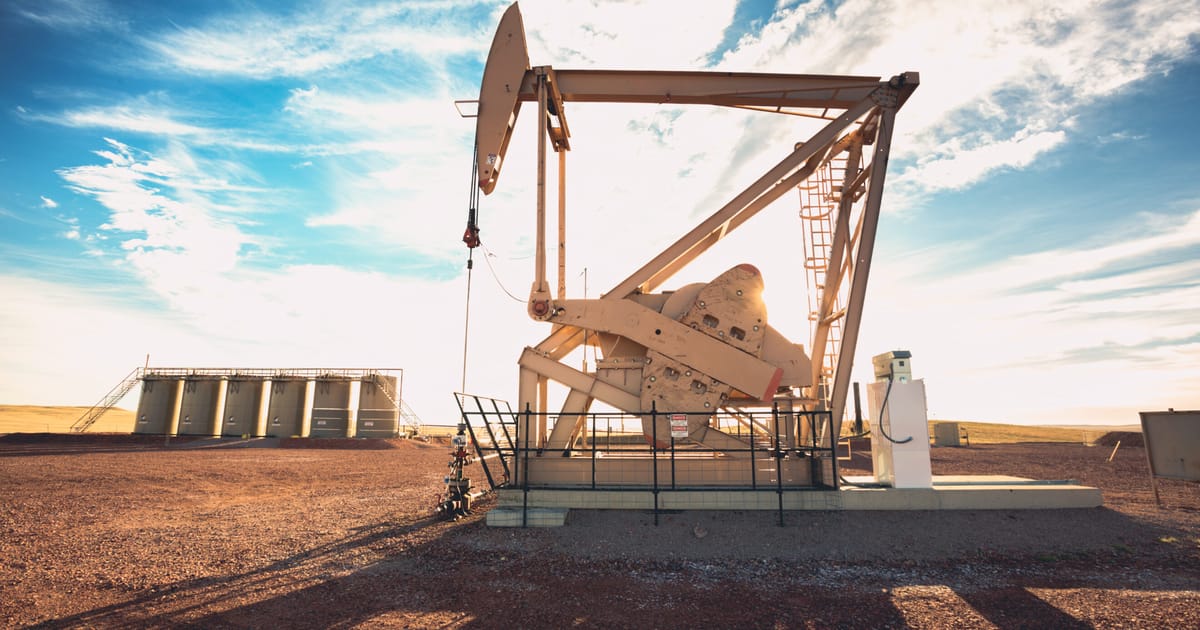

In a time where energy policies, conservation strategies, and climatic phenomena are constantly evolving, several notable events are shaping conversations worldwide. From renewed debates over fracking in Britain to pioneering conservation efforts in South Africa, and the challenges posed by extreme weather in Asia and Australia, these stories underline the intricate balance between human activity and the environment.
In Britain, the subject of fracking emerges once again as a focal point of energy policy discourse. As energy bills rise and the nation looks to fortify its energy independence, some political figures, like those from Reform UK led by Nigel Farage, advocate for tapping into the country’s untapped shale gas reserves. Promising substantial economic benefits, proponents argue that exploiting these resources could provide a pathway to cheaper energy and reduced reliance on imports. However, communities and environmental groups remain vigilant, recalling previous environmental concerns and social unrest sparked by fracking operations. This reemergence of the fracking debate prompts a need for mindful dialogue and considerate policy-making that respects both economic necessities and environmental well-being.
Meanwhile, innovative conservation efforts are taking root in South Africa, where an imaginative approach intends to cripple illegal wildlife trade. Scientists and conservationists are leading the Rhisotope Project, which involves injecting small amounts of radioactive isotopes into the horns of rhinos. The isotopes are harmless to the animals but make the horns detectable to security scanners at ports and borders, aimed at thwarting smugglers. This ambitious project by the University of the Witwatersrand and its partners represents a forward-thinking strategy in wildlife conservation, aiming to protect the declining rhino populations. Such initiatives inspire hope and demonstrate the potential of creative solutions in addressing conservation challenges.
In Asia, Japan and South Korea find themselves confronting unprecedented heatwaves that have broken long-standing temperature records. In Japan, authorities reported the hottest day on record, urging citizens to take precautions against heat-related illnesses. Similarly, South Korea has experienced an exceptional sequence of “tropical nights,” marked by high temperatures persisting even after sunset, straining emergency services. These climatic extremes raise awareness about the need for adaptive strategies to mitigate the impacts of heatwaves and safeguard public health.
In contrast, Australia is embracing a different weather pattern with wet and wintry conditions enveloping New South Wales. The region is bracing for heavy rainfall and strong winds as a low-pressure system intensifies off the coast. As communities prepare for a weekend of sodden weather, the authorities advise residents to stay informed and exercise caution. This weather trajectory highlights the dynamic nature of climatic patterns affecting diverse parts of the world.
These stories collectively emphasize the global nature of environmental and energy challenges and the diverse strategies adopted to cope with them. As communities around the world confront these issues, a calm and informed approach can guide individuals and policymakers in making decisions that balance progress with sustainability, ensuring a healthier planet for future generations.
Source: {link}
